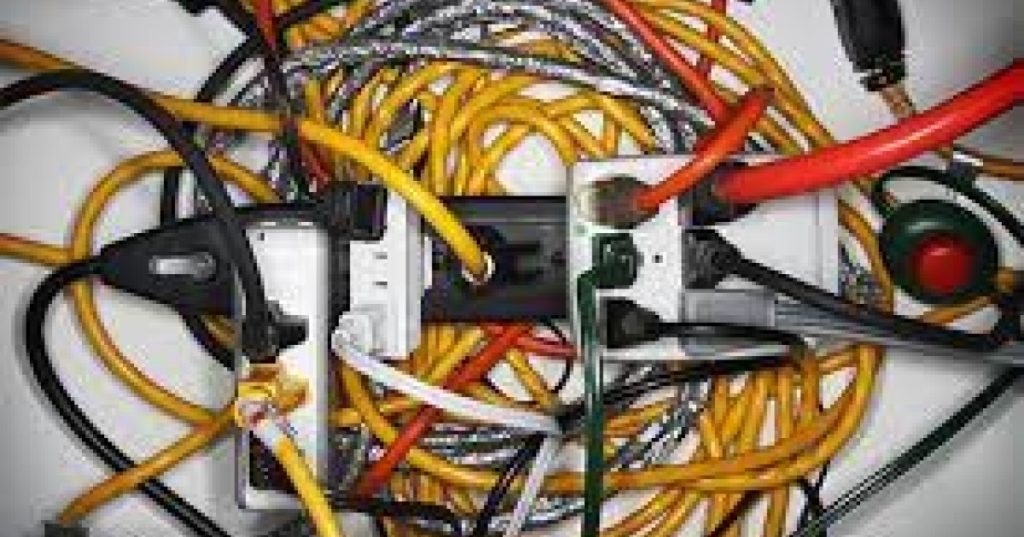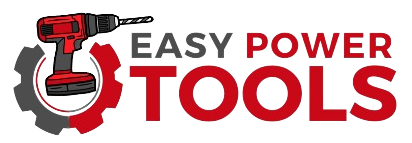I think you want to know that What Extension Cord to Use for Miter Saw?
Well!
You are on right place because we already have worked for you. When it comes to using power tools like a miter saw, ensuring safety and optimal performance is paramount.
One critical aspect that often gets overlooked is the selection of the right extension cord. Using the wrong extension cord can not only affect the tool’s functionality but also pose serious safety risks.
In this comprehensive guide, we’ll explore everything you need to know about choosing the appropriate extension cord for your miter saw, so you can work efficiently and safely.
Why the Right Extension Cord Matters
Before delving into the specifics of choosing an extension cord for your miter saw, let’s understand why it’s so important.
- Power Delivery: Miter saws are power-hungry tools, and they require a steady and sufficient power supply to operate efficiently. The wrong extension cord can lead to voltage drop, causing the saw to underperform and potentially overheat.
- Safety: Using an inadequate extension cord may result in overheating, cord damage, or even electrical fires, putting your safety at risk.
- Tool Longevity: A good extension cord not only ensures the tool’s immediate performance but also contributes to its long-term durability. Constantly straining a miter saw with an unsuitable cord can lead to premature wear and tear.
Understanding Extension Cord Specifications
To choose the right extension cord for your miter saw, you need to understand the specifications and how they relate to your tool’s requirements.
1. Wire Gauge (AWG)
The wire gauge, often denoted by American Wire Gauge (AWG) numbers, indicates the thickness of the cord’s conductors. Smaller AWG numbers mean thicker wires and better power transmission.
- 14 AWG: Suitable for miter saws with a power rating up to 10 amps and a maximum cord length of 50 feet.
- 12 AWG: Ideal for miter saws up to 15 amps and a maximum cord length of 100 feet.
- 10 AWG: Recommended for high-power miter saws exceeding 15 amps or for longer cord lengths up to 150 feet.
2. Cord Length
The length of the extension cord matters. Longer cords can experience more voltage drop, affecting the tool’s performance. It’s essential to balance the required cord length with the gauge of the wire.
3. Amp Rating
Check the amperage rating of your miter saw. The extension cord should have an amperage rating equal to or higher than that of the tool. Using an extension cord with a lower amp rating can overheat the cord and pose a fire hazard.
4. Plug Type
Ensure that the extension cord’s plug matches your miter saw’s receptacle. Compatibility issues can lead to unsafe connections.
5. Outdoor or Indoor Use
Consider where you’ll be using your miter saw. If it’s primarily for outdoor projects, invest in an outdoor-rated extension cord that can withstand exposure to the elements.
Steps to Choose the Right Extension Cord
Now that you understand the specifications, here are the steps to choose the right extension cord for your miter saw:
Step 1: Check Your Miter Saw’s Specifications
Refer to your miter saw’s manual or the manufacturer’s website to find the following information:
- Amp rating
- Voltage
- Plug type
Step 2: Determine the Cord Length
Measure the distance from the power source (outlet) to your miter saw. Be sure to account for any additional length needed to reach around obstacles or corners.
Step 3: Calculate Voltage Drop
Use an online voltage drop calculator or consult an electrician to determine the acceptable voltage drop for your tool’s amperage and voltage specifications. This will help you choose the right wire gauge.
Step 4: Select the Appropriate Wire Gauge
Based on the amp rating and calculated voltage drop, choose the appropriate wire gauge for your extension cord.
Step 5: Choose an Outdoor or Indoor Cord
If you plan to use your miter saw outdoors, opt for an extension cord designed for outdoor use. These cords have added insulation and protection against moisture and UV rays.
Step 6: Consider Extra Features
Some extension cords come with additional features, such as indicator lights, built-in surge protection, or locking connectors. These can enhance safety and convenience.
Extension Cord Maintenance and Safety Tips
Once you’ve selected the right extension cord for your miter saw, it’s crucial to maintain it properly and follow safety guidelines:
- Inspect Regularly: Check the extension cord for damage, cuts, or exposed wires before each use. Replace any damaged cords immediately.
- Unplug Safely: Always unplug the extension cord by gripping the plug, not by pulling the cord. This prevents unnecessary strain on the cord.
- Avoid Overloading: Never overload an extension cord by plugging in multiple high-power tools simultaneously. Each cord has a maximum capacity that should not be exceeded.
- Store Properly: Coil the extension cord loosely when storing it to prevent kinks and damage. Hanging it on a cord reel is an excellent way to keep it organized.
- Keep Away from Water: Avoid using extension cords in wet or damp conditions to prevent electrical shocks.
- Use Cord Protectors: Cord protectors or ramps can help prevent tripping hazards and protect the cord from physical damage.
Conclusion – What Extension Cord to Use for Miter Saw?
Choosing the right extension cord for your miter saw is a crucial step in ensuring both your safety and the tool’s optimal performance.
By understanding the specifications, calculating voltage drop, and following the steps outlined in this guide, you can confidently select the perfect extension cord for your needs.
Remember that safety should always be your top priority when working with power tools, and using the right extension cord is an essential part of that equation.


